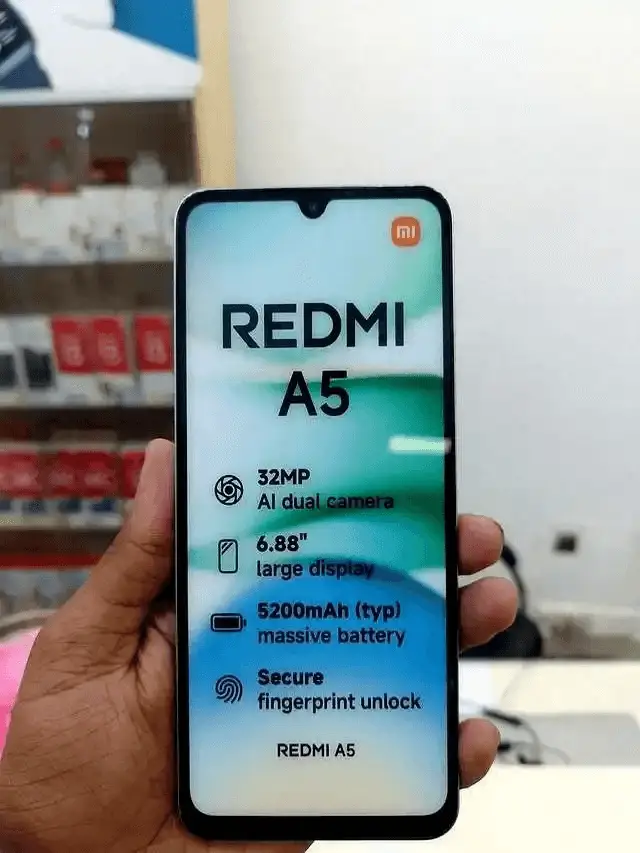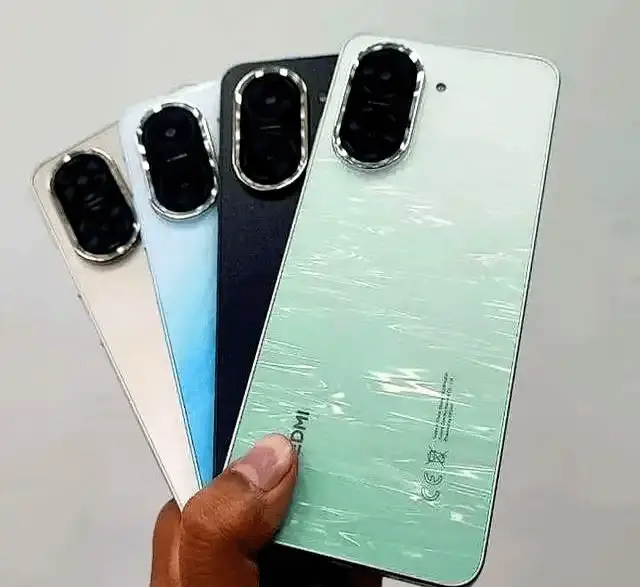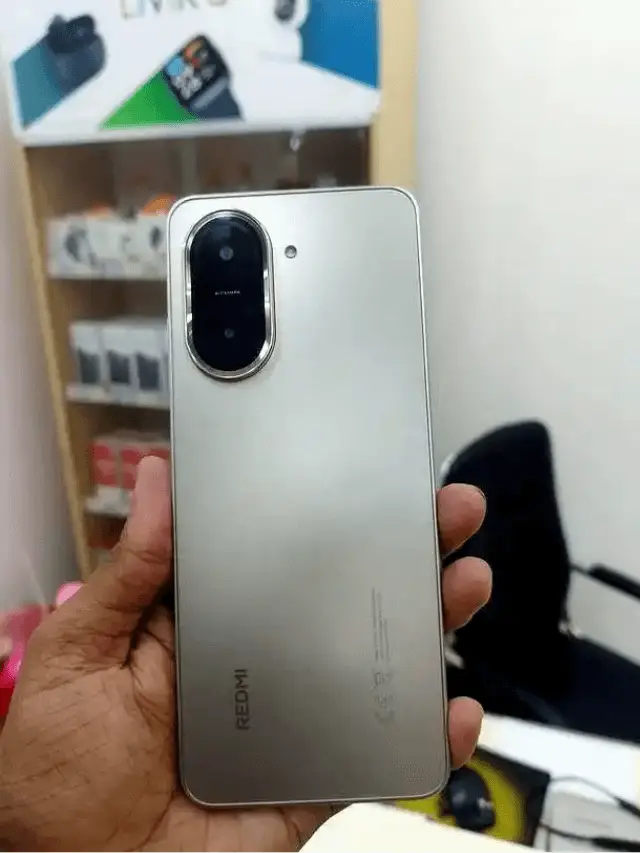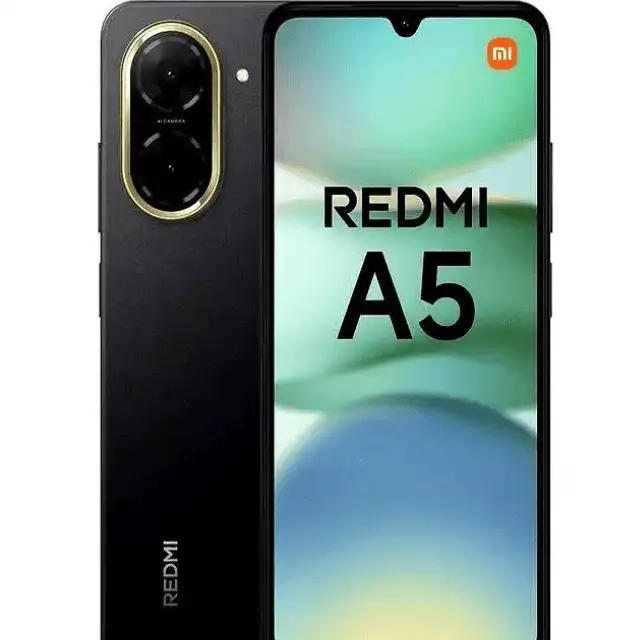Xiaomi is gearing up to launch its new budget smartphone — the Redmi A5 — in the European market. On paper, it looks pretty solid for a budget device: a 120Hz high refresh rate screen and 1500 nits peak brightness. Just a few years ago, these specs were only seen in premium phones.
But now?
Even budget phones under ₹15,000 are flaunting such features. The game has changed — or has it?
Let’s take a closer look.

While the phone boasts a massive 6.88-inch display, the resolution is just 1640×720 pixels. For a screen that big, that’s a low pixel density. Chances are, you might even spot some graininess in daily use. Not exactly the kind of display that matches the hype of “120Hz smoothness.”
This is where things get interesting.
Smartphone brands these days are on a mission to pack eye-catching specs into budget phones, as if they’re racing to impress users at any cost. But at the same time, they cut corners in critical areas — the processor, camera quality, or build — reminding us that “sasta hai, toh kuch compromise toh hoga hi.”

Under the Hood: What’s Powering It?
The Redmi A5 4G is powered by the Unisoc T7250, an entry-level chipset. That basically means you shouldn’t expect to play BGMI or Call of Duty smoothly on it. Even day-to-day multitasking might feel sluggish under pressure.
Think of it like this: slapping a Ferrari logo on an auto-rickshaw doesn’t make it a Ferrari.

Price Point: Around ₹13,500 (149 Euros)
At this price, you’ve got loads of choices in the Indian market. From brands like Realme, Poco, Motorola, and even Xiaomi itself — there are better-rounded phones offering higher resolution screens, faster processors, and cleaner software experiences.
So the obvious question is: Why launch such a phone for Europe and not India?
The European Strategy
See, the European smartphone market is quite different from India’s. Over there, buyers tend to be more price-conscious, but they also stick with familiar brands. They may not be as focused on deep tech specs like chipsets or RAM types. So a phone that looks great on paper, has a big display, a smooth refresh rate, and comes from a trusted brand like Xiaomi — well, that’s often enough.
Also, it runs Android Go Edition, a lightweight version of Android specifically designed for entry-level phones. It uses fewer resources and helps the phone feel faster than it actually is. But the tradeoff? Fewer features. It’s like putting a speed governor on a car — safer, more stable, but less fun to drive.

A “Flagship Feel” Without the Flagship Price?
The Redmi A5 4G is clearly targeted at a specific segment: users who don’t need top performance but still want a phone that feels modern. By giving them a 120Hz screen and bright display, Xiaomi is giving just enough to create the illusion of a high-end experience — without actually delivering flagship-level power.
But let’s not forget — this is a marketing play. Brands highlight a few flashy features, knowing most buyers won’t go into deep technical comparisons. In fact, a large chunk of buyers — even in India — still choose phones based on looks, price, and basic usage needs like WhatsApp, YouTube, and Instagram.
Manufacturers know this. That’s why we keep seeing these so-called “spec sheet warriors” — phones that look powerful on paper, but often fall short in real-life performance.
In some ways, the Redmi A5 4G carries the spirit of those phones — it’s not a bad phone, but it’s clearly engineered to impress, not to amaze.

So, Who Wins?
It’s a constant game of chess between brands and consumers.
Brands try to balance cost and profit, while consumers juggle features and budget. There’s no outright winner here — it’s all about what works for your needs.
But it does raise a bigger question: Do we really need all these high-end specs in our phones? Or are we being driven by clever marketing?
Because no matter how high the refresh rate or how bright the screen is, if the phone lags, heats up, or can’t handle your daily apps, all that is just window dressing.
Just like buying clothes — it doesn’t matter how trendy or expensive they are. If they don’t fit you right, they’re useless.
The same logic applies to smartphones.


